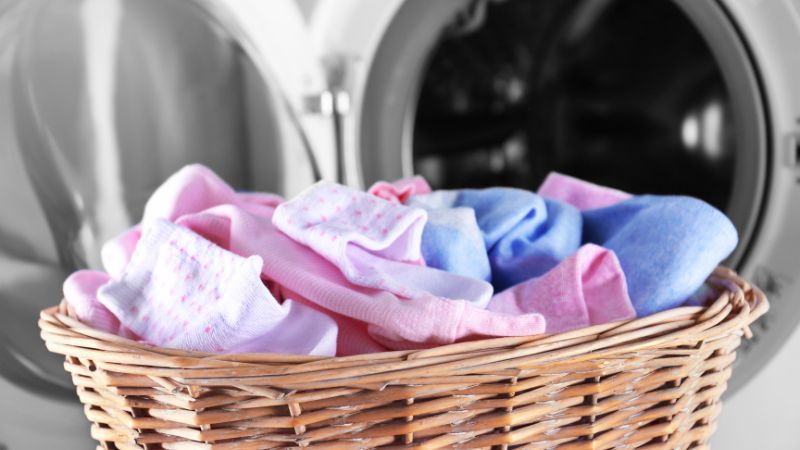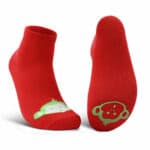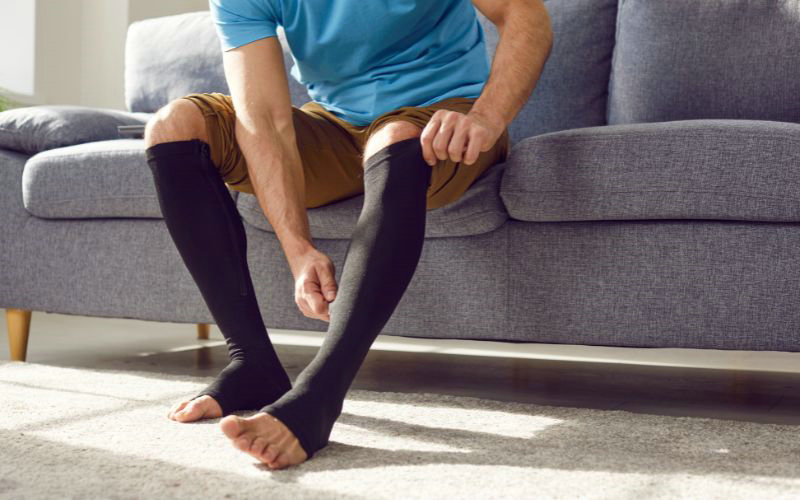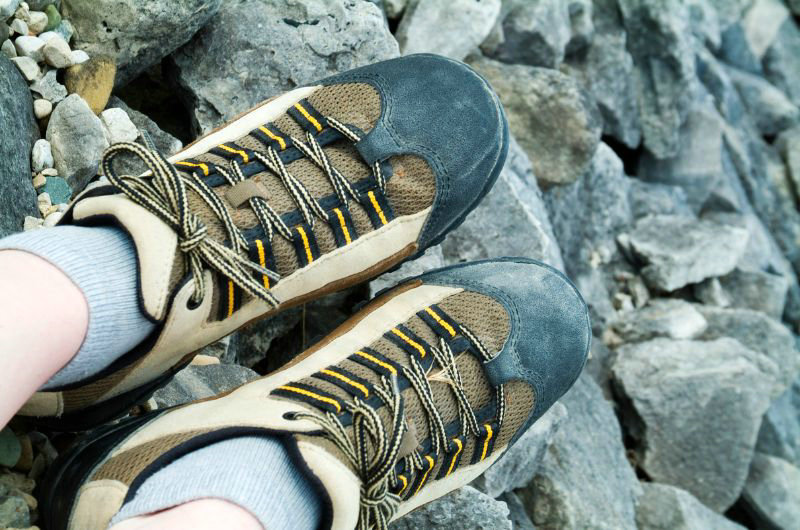
Key Takeaways
Wearing cycling socks really makes a difference to your cycling experience. It can improve your cycling experience in the following aspects:
- Padding Effects
- Moisture Management
- Prevent Blisters
- Temperature Regulation
- Keep You Comfortable
In this article, we’ll assist you gain more insight into understanding the effects of cycling socks. You don’t need to worry about how to choose cycling socks either, for we’ll introduce features to consider in choosing these socks suitable for you in detail. Enjoy your cycling time with Sinoknit’s cycling socks now!
How They Work for Your Cycling Experience
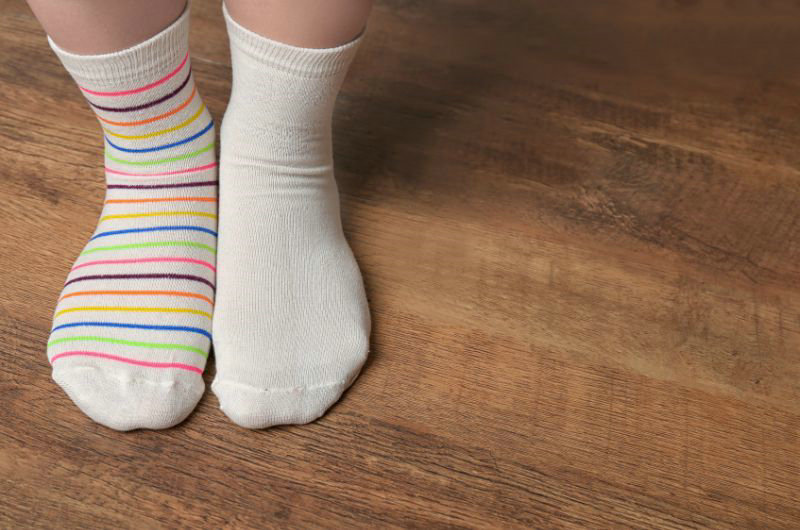
Padding Effects
Cycling socks commonly employ padding in critical areas to cushion pressure points on your feet. Materials like lycra and polyester add shock absorption where it’s needed most, such as under the ball of your foot, reducing fatigue during long rides.
Here’s a detailed look at how padding in cycling socks can enhance a cyclist’s experience:
1. Shock Absorption
Padding in cycling socks, especially in the heel and toe areas, helps absorb shock and vibration from the road. This is particularly beneficial during long rides or when cycling on uneven surfaces, as it reduces the impact on the feet and minimizes fatigue.
2. Pressure Relief
The strategic placement of padding in cycling socks alleviates pressure points on the foot. This is crucial during cycling, where constant pedaling can put significant pressure on the forefoot and heel. By cushioning these areas, padded cycling socks help prevent discomfort and numbness, enhancing overall foot comfort during rides.
3. Enhanced Durability
Areas of the sock that feature padding are often reinforced to withstand the wear and tear of cycling. This reinforcement typically extends the life of the socks, making them a more durable and cost-effective choice for regular cyclists.
Moisture Management
1. Moisture-Wicking Materials
Cycling socks are typically made from synthetic materials such as nylon, polyester, or specialized fabrics like Coolmax, which are known for their moisture-wicking properties. These materials are designed to draw sweat away from the skin to the outer surface of the socks where it can evaporate more quickly. This wicking action helps keep the feet dry, reducing the risk of blisters and other moisture-related discomforts.
2. Quick-Drying Characteristics
The synthetic fibers used in cycling socks not only wick moisture away but also dry significantly faster than traditional cotton. This quick-drying feature is crucial during long rides or in wet conditions, as it prevents the accumulation of sweat, which can lead to cold feet in cooler conditions or contribute to overheating in warm weather.
3. Breathability
Many cycling socks feature mesh ventilation panels that enhance breathability, allowing for better air circulation around the feet. This increased airflow helps to cool the feet by expelling hot air and allowing fresh air to circulate, further aiding in moisture management and temperature regulation.
Prevent Blisters
1. Reduced Friction
Quality cycling socks are designed to fit snugly and stay in place, reducing the friction between the foot and the shoe that can lead to blisters. Some cycling socks also feature seamless toe construction to minimize chafing and further reduce the risk of blisters.
2. Antimicrobial Features
Some cycling socks are made with materials that have natural antimicrobial properties, such as merino wool, which can help prevent the growth of bacteria and fungi that thrive in moist environments and can contribute to blister formation.
Temperature Regulation
1. Material Properties
Cycling socks are typically made from materials like polyester, nylon, or merino wool, which have inherent temperature-regulating properties. For instance, merino wool is known for its ability to keep feet warm in cold conditions and cool in warm conditions due to its natural crimp that creates a ‘heat zone’ of dead air close to the skin. Synthetic materials, on the other hand, are excellent for wicking moisture away from the skin, which helps keep the feet cool and dry
2. Specialized Technologies
Some cycling socks incorporate specialized technologies such as fabrics with enhanced cooling properties or dynamic heat management systems that react to body temperature and sweat levels to provide cooling when needed.
Features to Consider for Choosing Cycling Socks
Selecting the right cycling socks can greatly influence your comfort, performance, and the fit of your cycling shoes. Here’s what to consider to ensure you make the best choice.
Sock Material
Moisture-wicking materials used for cycling socks (polyester, Lycra, and merino wool) prevent water and sweat from soaking your feet. Moisture-wicking is crucial when cycling in rain, snow, or heat for long distances. So cotton socks are out. They would soak in moisture and leave your feet soggy, cold, and smelly.
Different manufacturers have their own material mixes to produce their best socks, including wool, bamboo, merino wool, lycra and meryl. Wool socks are great for cooler mornings as they’re a little warmer, but still perform well when it gets warmer too.
Sock Height
The classic length of the cuff through the 80’s and 90’s was 7.5 cm in height. Now, cycling sock cuffs range from 12-20cm.
Whether you prefer short ‘no-show’ socks that sit below the ankle or longer mid-calf length socks is a matter of personal preference. Just remember that taller socks may offer valuable support to your Achilles area, which really short socks are not able to provide.
Sock Length
Somewhere between knee-length and ankle socks, there is a happy middle ground for most people. Taller socks offer a bit more warmth and can provide Achilles support.
Breathability and Sweat Control
Look for socks with breathable, moisture-wicking materials if you ride in hot weather or are a naturally sweaty rider. More open mesh on the upper part of the sock allows the foot to breathe in the heat.
Some socks are treated with anti-odor technology like Cupron to help combat foot odor.
Size and Fit
Ideally, your cycling socks should fit tightly and smoothly to avoid any material bunching up and making your cycling shoes feel uncomfortable, which could lead to painful pressure points. It is, therefore, important that you buy the correct size sock for your feet.
Find Your Beloved Cycling Socks at Sinoknit
When you’re in the market for cycling socks, look no further than Sinoknit for options that combine style, fit, and durability. Their range includes socks designed to offer protection against the elements, whether you’re riding in the cold or the heat. Here we’ll provide you with fantastic recommendations of cycling socks from Sinoknit for your reference:
1. Wholesale No Logo Cycling Socks for Business Owners
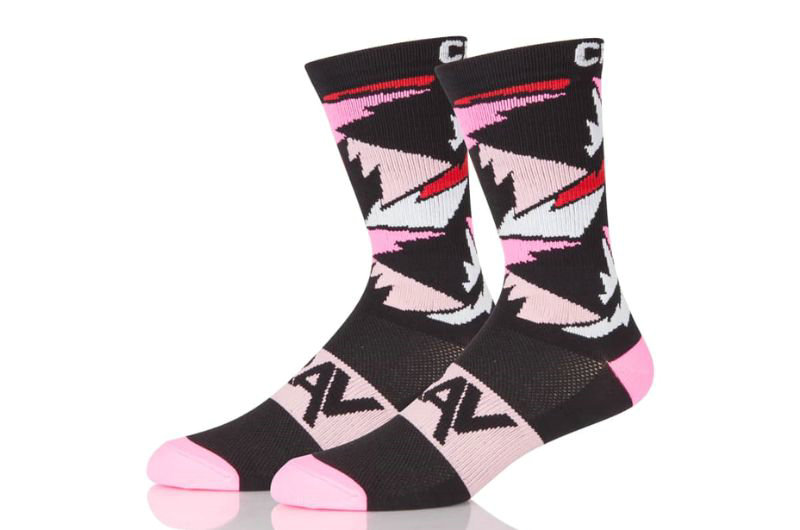


Pick your perfect pair with Sinoknit, and cycle with confidence knowing you’re geared up in some of the best cycling socks on the market. Whether you’re making a fashion statement or aiming for aero advantages, Sinoknit has you covered.

